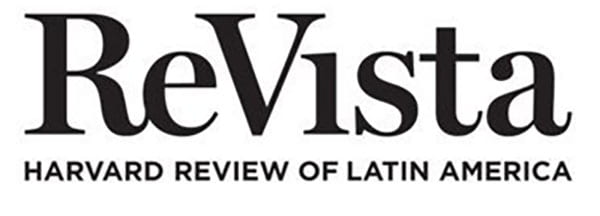Photo Workshops Essay by Various Authors
Ojos Propios
OJOS PROPIOS PARTICIPATORY PHOTOGRAPHY WORKSHOPS THROUGHOUT PERU
ESTEFANÍA MARTÍNEZ, 14 years old
Estefania was a student at the school Republica de Venezuela located in Callao, in Lima, she was an active participant in the Ojos Propios participatory photography workshops.
“The Queen of the Recyclers” drives one of her motorcycles, all loaded with recyclable, plastic and second-hand goods to take them to one of the scrap and recycling material depots.

Callao, November 2015
LEONARDO CALDERÓN, 13 years old.
Leonardo and his friends arrive at the shipping mill at the end of the duct for mining material of the Antamina mining company, this photo is part of a series of workshops that Ojos Propios offered to the villagers in the areas of influence of the Antamina mining company

Huarmey, 2012
KARINA LUCERO VILLAR, 10 years old
When Karina takes the picture of her favorite place in Cachicoto, a village in the Monzon Valley, in the Huanuco region, about 400 km east of Lima, she was not aware of the importance of imagination to invent games with a painted wall of games that her village did not have and even less had. She and her family were the people favored with an intervention to make a change of crops from coca to coffee and cocoa.
Today, these towns are well known for the award-winning quality of their coffee and cocoa.

Ensayo sobre talleres de fotografía de varios autores
Ojos Propios
LOS TALLERES DE FOTOGRAFÍA PARTICIPATIVA DICTADOS POR OJOS PROPIOS, EN ALGUNAS LOCALIDADES DEL PERÚ
ESTEFANÍA MARTÍNEZ, 14 años
Estefanía era estudiante de el colegio “Republica de Venezuela” localizado en la provincia dl Callao, en Lima, ella fue una esforzada participante de los talleres de fotografía participativa de Ojos Propios.
La foto, “la Reyna de los recicladores” maneja una de sus motocicletas, todas cargadas de artículos reciclables, plásticos y de segunda mano, su trabajo es llevarlas a uno de los depósitos de chatarra y material de reciclaje.

Callao, noviembre 2015
LEONARDO CALDERÓN, 13 años
Leonardo y sus amigos llegan al muele de embarque al final del DUCTO PARA MATERIAL MINERO de la empresa minera ANTAMINA, esta foto es parte de una serie de talleres que Ojos Propios ofreció a los pobladores de las zonas de influencia de la compañía minera ANTAMINA

Huarmey, 2012
KARINA LUCERO VILLAR, 10 años
Cuando Karina toma la foto de su lugar favorito en CACHICOTO, un centro poblado en el valle del Monzón, en la región Huánuco, aproximadamente a 400 KM al este de Lima no tenia conciencia de la importancia de la imaginación para inventar juegos con una pared pintada de juegos que en su pueblo no había y menos lo tenia. Ella y su familia fueron los pobladores favorecidos con una intervención para hacer una gestión de cambio de cultivos entre la Coca por el Café y el Cacao.
Hoy estas poblaciones tienen premios y son muy reconocidos por la calidad de su café y chocolates.

Related Articles
The History of Inequality
For the last few decades, a strong consensus has held that Latin America is not only the most economically unequal region in the world, but also one where inequality has become structurally entrenched. Even in countries where income levels are relatively high by global standards, a small elite continues to control a disproportionate share of national wealth. This consensus reflects a broader shift in the development community and public arenas.
Waxing and Waning: Institutional Rhythms of Inequality
Zelia Maria Magdalena Nuttall was famous in her time, well-known as an archaeologist, an Americanist, an antiquarian, an ethnologist, a folklorist and “a lady scientist”; she was a woman “making it” in a man’s world from the 1880s to the 1930s. Deeply engaged in research about ancient civilizations in Mexico, she led a remarkable life as a pioneer in the evolution of anthropology as a field of study.
The Biology of Inequality
Asked to write about inequality in Latin America, an evolutionary biologist would naturally think first of human history. Systemic inequalities among groups of people has taken many forms over the centuries, since long before the colonial era. For at least as long as there have been cities, there have been inequalities in access to resources, in the form of housing, employment, education and even food and freedom itself. These historic and continuing injustices are widely-recognized. What I wish to write about is the much less visible, but more pervasive, impact of a source of inequalities—the stress of experiencing discrimination—on health that is, perhaps surprisingly, an ancillary consequence of an even older human history of exposure to stress challenges in both our physical and our social environments.




